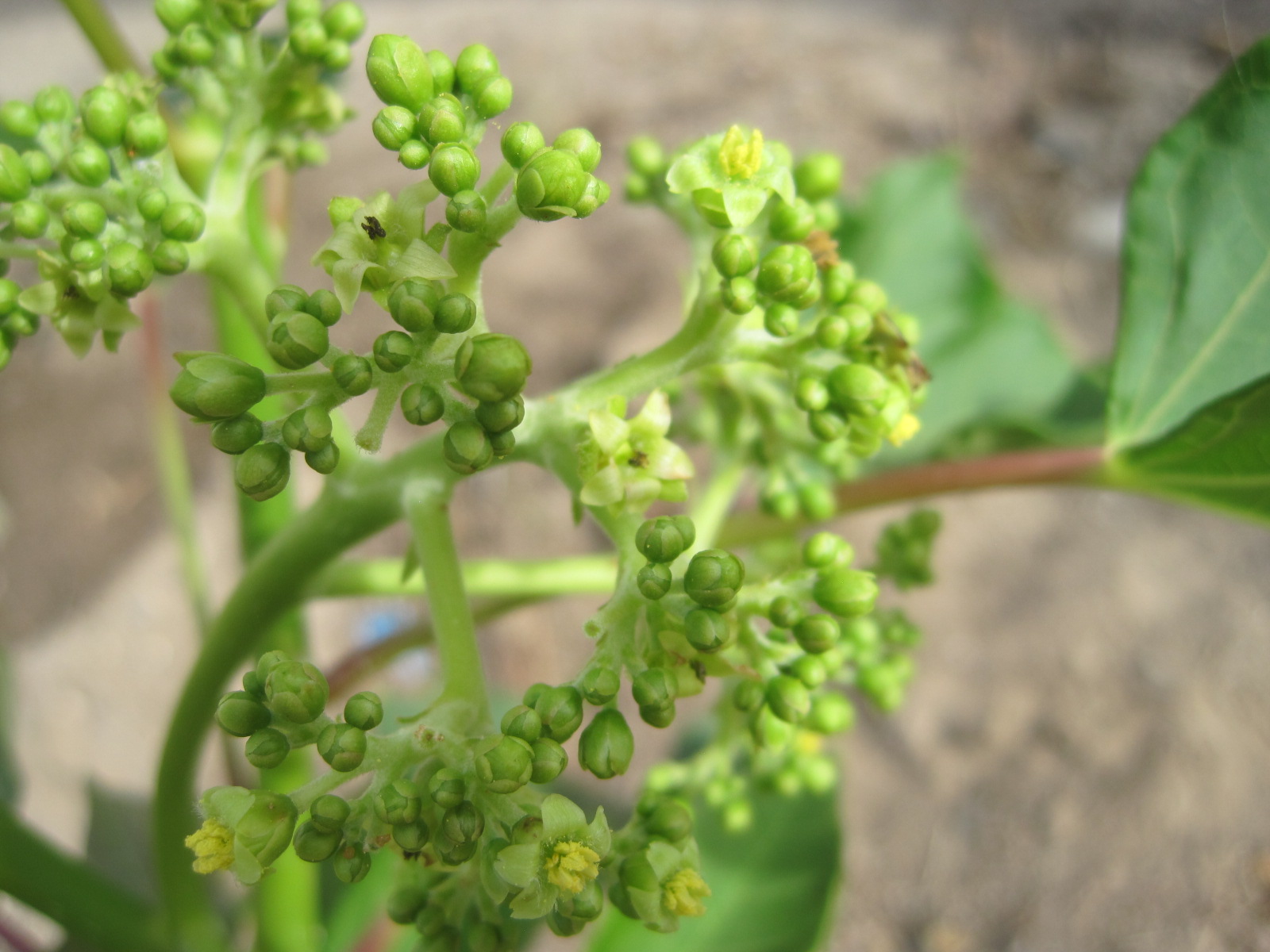GENETIC VARIABILITY OF WILD Jatropha curcas IN NORTHWEST MEXICO
Nidia Araiza-Lizarde, Miguel Ángel Angulo-Escalante, Teodoro Reynoso-Granados, Pedro Cruz-Hernández, Carlos L. Calderón-Vázquez, Lilia Alcaraz-Melendez
Abstract
Background: Jatropha (Jatropha curcas) or physic nut is a potential source for the production of biodiesel as well as its use in the pharmaceutical, agricultural, cosmetic and food industries. Genetic variability is of great importance for future selection of elite plants. Objective: Analyze the genetic diversity of wild Jatropha curcas in Northwest México. Methodology: Young leaves of J. curcas were collected in three different ecotypes in Northern of Sinaloa (El Quelite, Estación Dimas and La Campana). Their diversity was analyzed with 5 primers ISSRs. Results: The ISSR analysis of 27 J. curcas accessions showed an expected heterozygosity (He) and observed heterozygosity (Ho) elevated among in La Campana (He 0.7524, Ho 0.644), Estación Dimas (He 0.7092, Ho 0.5106) and El Quelite (He 0.7956, Ho 0.6660). Implications: The analysis of the genetic variability of wild Jatropha curcas from Sinaloa contributes to be the bases for possible selection of genetic material. Conclusions: The ISSR analysis showed that there is genetic diversity in the wild germplasm of the different regions of Sinaloa, this is important in the selection of plants and the establishment of potential crops for the production of biodiesel, as well as the possibility of improving and identifying new varieties.
Keywords
Diversity; genetic; variability; Jatropha.
URN:
http://www.revista.ccba.uady.mx/urn:ISSN:1870-0462-tsaes.v24i2.34796
DOI:
http://dx.doi.org/10.56369/tsaes.3479
Copyright (c) 2021 Lilia Alcaraz Melendez

This work is licensed under a
Creative Commons Attribution 4.0 International License.


